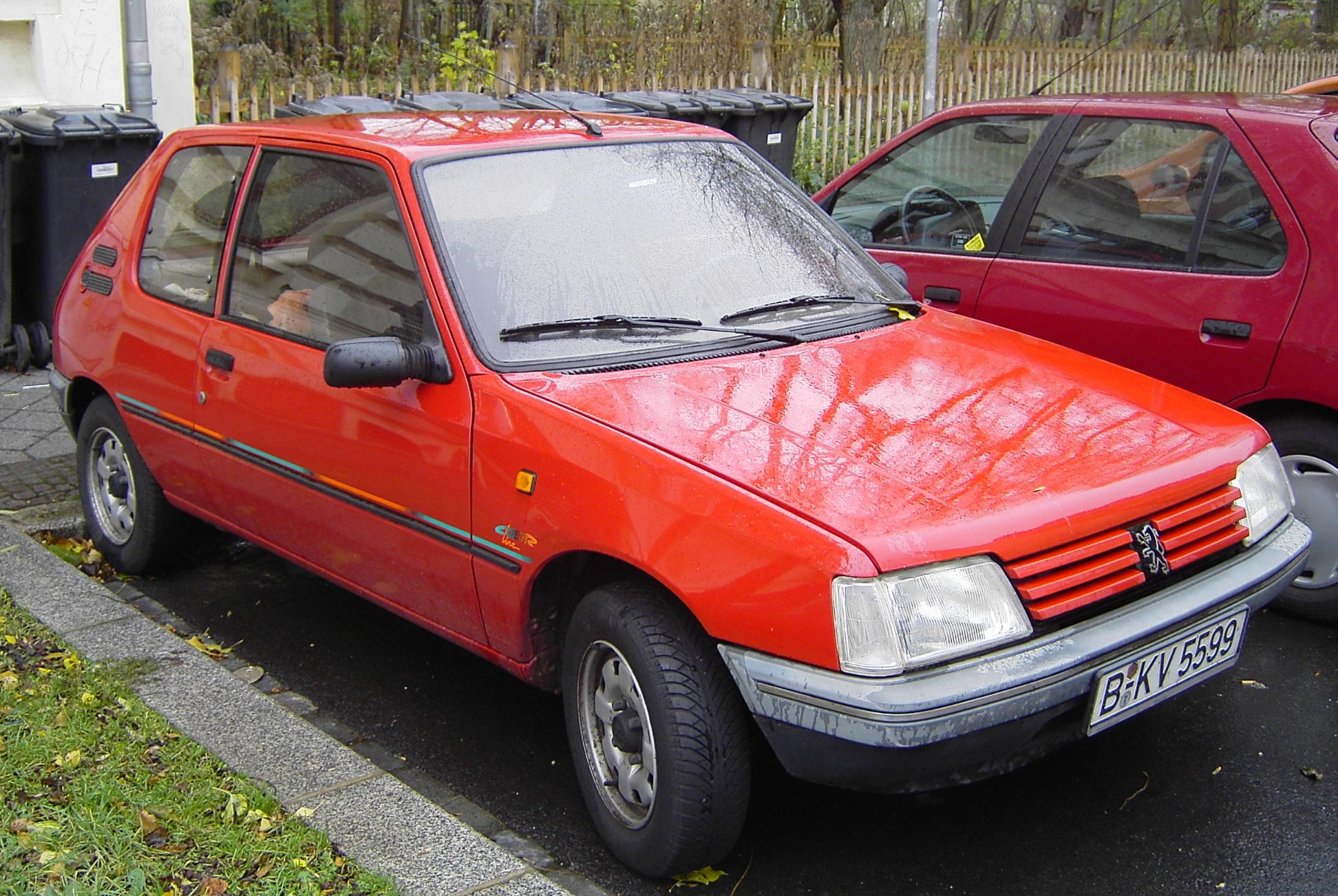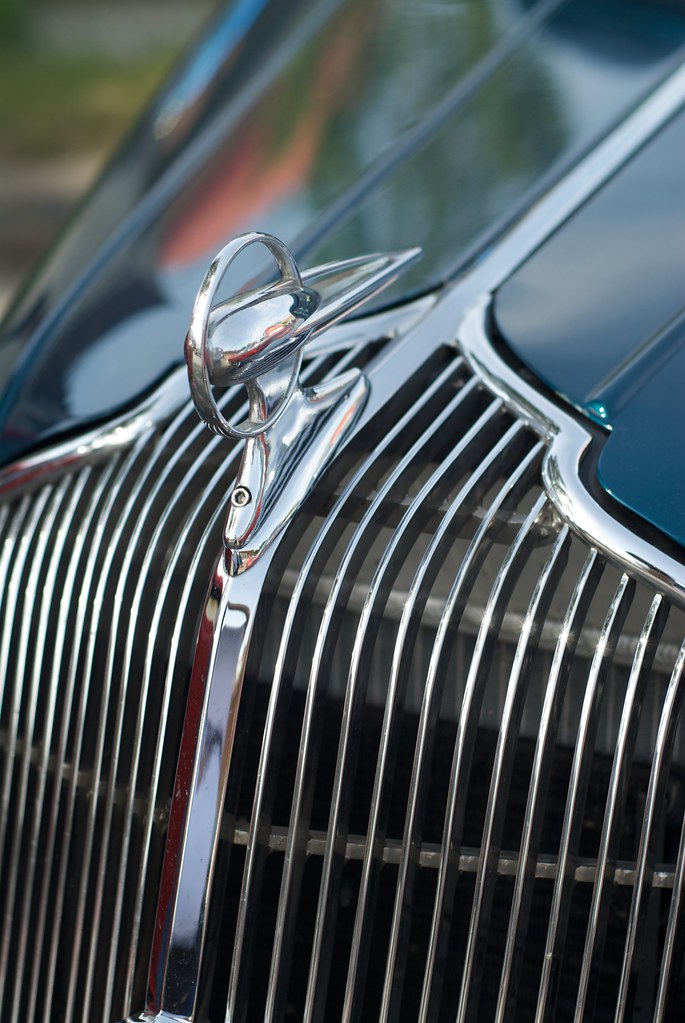
The color of your car reveals more than just your style; it significantly influences its resale value as well. Understanding this can be vital whether you plan to sell soon or enjoy your vehicle for years to come.

1. **The Popularity Factor**: White leads the pack as the most popular car color, making up 23.5% of cars, closely followed by black at 21.2%. While these shades are ubiquitous, their popularity doesn’t guarantee a high resale value.

2. **Depreciation Dynamics**: Depreciation plays a vital role in a car’s worth over time, with yellow cars experiencing the least loss at only 13.5% after three years, driven by their rarity and strong demand.

3. **Scarcity Equals Value**: Less common colors often hold their value better due to their scarcity. Yellow and orange, for example, are harder to find, making them more appealing to specific buyers.

4. **Resale Value Champions**: Colors like yellow, orange, red, white, and blue are winners when it comes to resale value, as their demand coupled with limited availability gives sellers a strong negotiating advantage.

5. **The Safety Impact**: Beyond resale value, safety considerations are crucial; bright colors like white and yellow increase visibility on the road, potentially lowering the chances of accidents.

6. **Myths About Insurance**: Contrary to popular belief, car color doesn’t affect insurance premiums. Factors like vehicle age and safety ratings are the real influencers, not the eye-catching ‘viper red.’

7. **Market Trends**: While classic colors like black and white remain consistent in popularity, they depreciate close to the average rate. However, the market trends can shift, affecting resale values.

8. **The Big Picture**: Choosing a car color is not just about personal preference but involves strategic thinking about depreciation, market trends, and even safety. Being informed can lead to better decision-making when buying or selling your vehicle.

9. **Regional Preferences**: Color preferences can greatly differ based on regional and cultural factors. For instance, in the UK, cooler shades like blues and greens are popular, while earthy tones thrive in warmer regions, all of which can influence resale values significantly.

10. **Influence of Fashion Trends**: Car colors can also be impacted by current fashion trends. A color that is in vogue today might fall out of favor, affecting its resale value. While neon green might stand out now, its allure might diminish over time. Hence, choosing classic colors such as black, white, and silver can offer better long-term value as these shades have consistently shown resilience in terms of popularity.

11. **Supply and Demand Dynamics**: The interplay of supply and demand heavily influences how well a car’s color retains value. Uncommon hues like yellow and orange often fetch higher resale prices due to their scarcity, as buyers are willing to pay a premium for these unique colors.

12. **Psychological Impact and Buyer Preferences**: The psychological effect of car colors on buyers cannot be underestimated. Bold colors like red, associated with excitement and danger, can draw attention and appeal to specific buyer segments. In contrast, neutral shades like beige and gray might appeal to those seeking understated elegance, impacting how different colors perform in resale markets.

13. **Maintenance and Appearance**: Ease of maintenance is a top concern for car owners; lighter colors like white and silver are better at concealing dirt and minor scratches, making them easier to keep clean, thus positively impacting resale value.

14. **Thermal Comfort and Efficiency**: The thermal characteristics of car colors are also noteworthy, as lighter shades reflect sunlight, helping to keep the vehicle cooler—a desirable quality in hotter climates that can appeal to potential buyers.

15. **Durability and Longevity**: The durability of a car’s paint job can influence its resale value. Some colors, particularly darker ones, show signs of aging and fading more rapidly. Lighter colors, especially white, are more resistant to UV ray-induced damage, ensuring they maintain their vibrancy longer, which can be a key consideration for potential buyers.

When choosing a car color, it’s essential to consider not just your personal style but also economic, practical, and safety factors. Making informed choices aligned with market trends can lead to a satisfying aesthetic experience and potential financial gains in the future.
Related posts:
Car Colours to Avoid: Making The Best Choice For Longevity, Style And Value
iSeeCars: The Best and Worst Car Colors For Resale Value
Here’s How The Color Of Your Car Will Affect Its Resale Value





